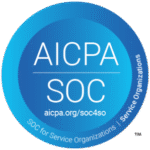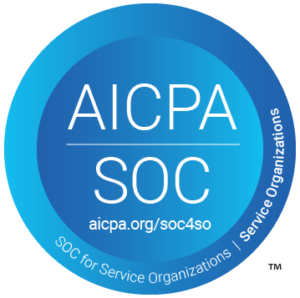The Continuous Deployment Vision
Imagine a world where every code change that passes automated tests is automatically deployed to production. No manual approvals, no scheduled release windows, just a continuous flow of small, safe changes reaching users as soon as they’re ready.
This is the promise of Continuous Deployment (CD)—not to be confused with Continuous Delivery, which maintains a deployable state but still includes manual approval. True CD requires exceptional confidence in your automated testing and deployment pipeline.
Prerequisites for Successful Continuous Deployment
1. Feature Flags for Progressive Releases
Decouple deployment from feature release by implementing feature flags:
- Deploy new features behind flags turned off
- Gradually enable features for increasing percentages of users
- Roll back problematic features without code deployment
- Test features in production with real users before full release
2. Comprehensive Test Automation
Your tests must provide sufficient confidence to replace human judgment:
- Unit tests for logical correctness
- Integration tests for component interactions
- End-to-end tests for critical user journeys
- Performance tests for system behavior under load
- Security scans for vulnerability detection
3. Observability and Monitoring
Since you’re deploying frequently, you need to detect issues quickly:
- Real-time alerting on key metrics and SLOs
- Detailed logging with context for debugging
- Distributed tracing for complex request flows
- User experience monitoring for frontend impact
- Business metrics tracking to catch functional regressions
4. Automated Rollback Mechanisms
When issues occur, recovery should be automatic:
- Health checks that trigger immediate rollbacks
- Canary deployments that compare new version performance
- Circuit breakers that prevent cascading failures
- Incremental deployment with automatic verification at each step
Building a Robust Continuous Deployment Pipeline
Step 1: Define Your Deployment Stages
A typical CD pipeline includes:
- Build stage: Compile code, run static analysis
- Test stage: Run automated tests of all types
- Staging deployment: Deploy to production-like environment
- Smoke testing: Verify basic functionality
- Canary deployment: Release to small subset of production
- Progressive rollout: Gradually increase deployment percentage
- Full deployment: Complete the rollout
- Post-deployment validation: Verify system health
Step 2: Implement Deployment Safety Mechanisms
Protect your deployment process with:
- Branch protection rules: Enforce code review and test passing
- Deployment windows: Consider restricting high-risk deployments to business hours
- Deployment throttling: Limit deployment frequency to allow system stabilization
- Automatic incident creation: When deployments fail, create tickets automatically
Step 3: Practice Failure Recovery
Regularly test your ability to recover by:
- Conducting failure drills and chaos engineering experiments
- Practicing database rollbacks and recovery procedures
- Simulating service outages to verify resilience
Measuring Continuous Deployment Success
Track these key metrics to ensure your CD pipeline is effective:
- Deployment Frequency: How often you deploy to production
- Lead Time: Time from commit to production deployment
- Change Failure Rate: Percentage of deployments causing incidents
- Mean Time to Recovery: How quickly you recover from failures
- Time to First Feedback: How quickly developers learn if their changes work
Conclusion
Continuous Deployment isn’t just a technical practice—it’s a transformative approach that changes how teams think about software development. By investing in the right testing, automation, and safety mechanisms, you can achieve the holy grail of software delivery: rapid, reliable, low-risk deployments that enable your business to innovate faster than the competition.
The companies that master CD gain a significant competitive advantage through faster feedback cycles, higher quality software, and more responsive product development.


